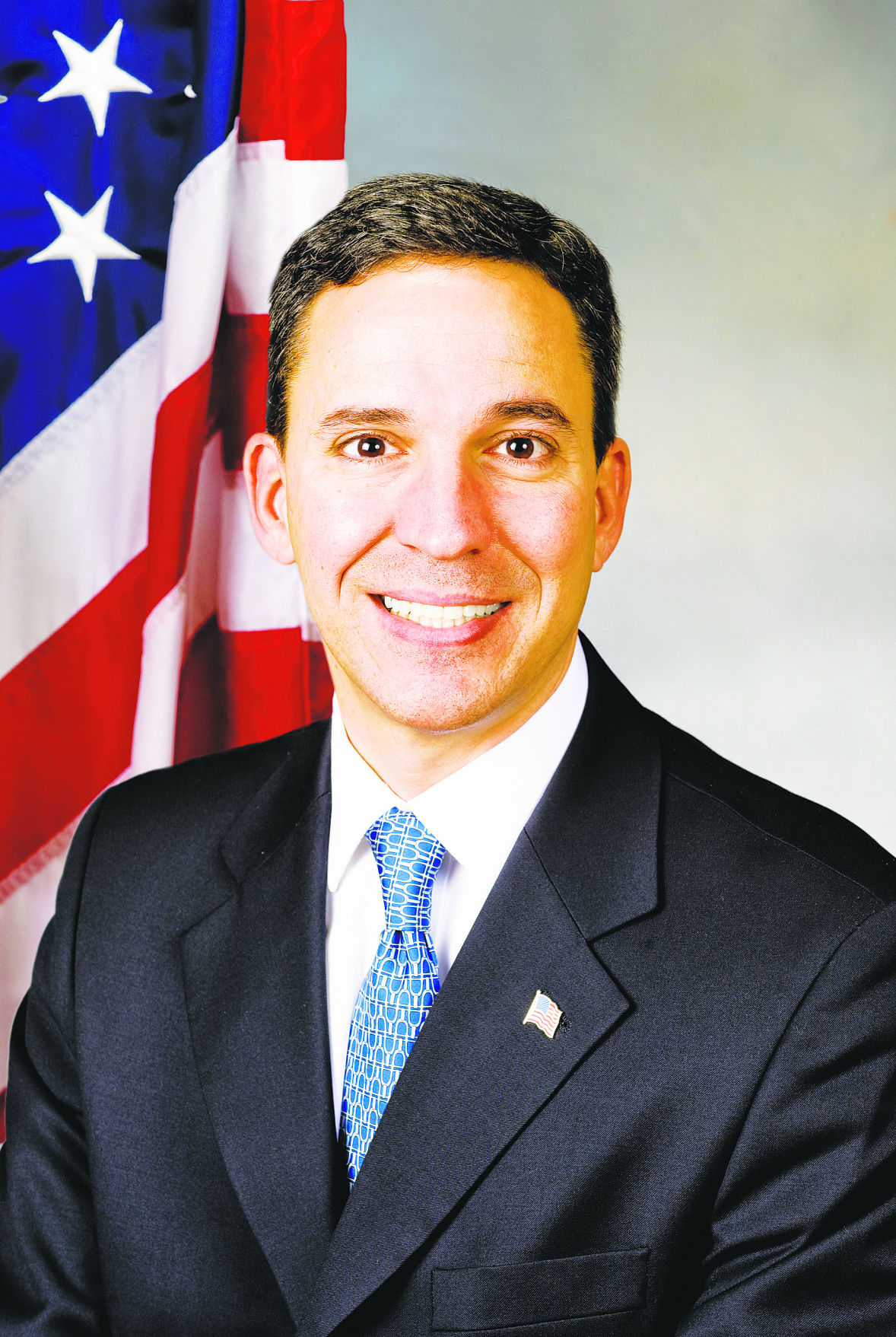Just mention a tax break and New Yorkers’ eyes light up with sheer joy. You can’t blame us.
We pay some of the highest property and personal income taxes in the country. That’s why Gov. Cuomo’s most recent proposal for a nearly $1.7 billion tax credit known as a “circuit breaker” was initially met with such enthusiasm.
I was initially enthusiastic about it too, but having examined it more closely, I’m afraid I have to throw a bit of cold water on what isn’t really a well-thought out plan.
They call it a “circuit breaker” because it’s supposed to kick into effect when there’s a tax overload for an individual property owner. (I can hear the one-liners already: “That means it’d be on 24 hours a day, Jack!)”
I get it – but wisecracks aside, the plan ties receiving the tax credit to household income and in a nutshell, it works like this – In order to be eligible, homeowners would first have to make less than $250,000 a year in gross income.
Next, their property taxes would have to exceed 6 percent of that income. And last, but not least, they would only be eligible if their community did not pierce the tax cap by raising taxes more than 2 percent.
And that’s my first concern.
Gov. Cuomo very shrewdly makes his plan contingent upon your community’s remaining faithful to the 2 percent tax cap with hopes that taxpayers like us will pressure local officials to do so.
While that is indeed a noble intention that sounds clever on paper, let’s examine the real world outcomes.
What happens if your county, town, or village officials go ahead and pierce the cap?
In that unfortunate scenario, the taxpayers are penalized twice over!
First they’ll have to pay the tax increases and then, through no fault of their own, they’ll be barred from receiving the tax credit even if their incomes make them eligible.
In essence, the governor’s plan punishes the taxpayer who would like nothing better than to keep their taxes in check.
One might even call it a bit of municipal blackmail that unjustly uses taxpayers as leverage.
My second and much more pressing concern involves the broad and completely ill-defined income eligibility guideline.
Simply put, the plan takes absolutely no other elements of financial situation into account.
I ask you plainly, when have you ever heard of any government tax credit or refund program operated with so little information?
Quite frankly, this is shaping up to be nothing more than a “gimme” to some who might otherwise not need assistance.
The fact is, under this plan, there will be numerous beneficiaries whose incomes clock in just below the $250,000 threshold but who purchased their homes at much lower prices years ago.
Many have paid off their mortgages, have no dependents and already receive healthy STAR benefits.
With so few draws on otherwise healthy incomes, one might argue that the tax credit would better serve low-income seniors struggling to stay in their homes and middle-class and working poor couples in their prime earning years who are paying huge, hyper inflated mortgages and supporting school age and college-bound children.
For them, true incomes are far more meager and hardships greater.
Also, many of those who would otherwise qualify (like many seniors) wouldn’t see a benefit because given their limited, fixed income, there simply is no tax liability against which to use the credit.
It just doesn’t make good financial sense. But the solution is a simple: Expand eligibility guidelines and use already established tools like tax records to achieve a true picture of need and target assistance.
Only then will we use New York’s very limited funds wisely and achieve the most good.
Last but not least, where does Cuomo’s plan leave our STAR property tax credits?
Thus far, the proposal lacks details and some think tanks have argued that a circuit breaker should replace the popular program. I disagree but we have yet to hear vital details as to how, if at all, the governor plans to mesh the two. Messy details to be sure, but the kind that often fall through the cracks and end up hurting instead of helping.
My mom always says, “thinking is hard work.”
It is indeed, but to keep New York on an upward trajectory, every plan – especially one that involves billions of taxpayer dollars – must be well thought out.



